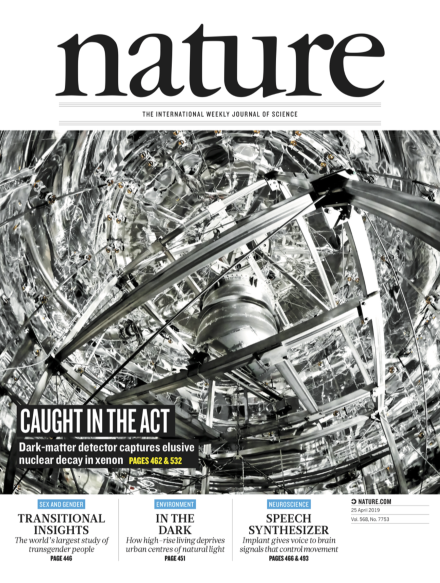Volume 568 Issue 7753, 25 April 2019
This Week
-
Editorial
-
-
World View
-
Research Highlights
-
Seven Days
News in Focus
-
News
-
Features
Opinion
-
Comment
Books & Arts
-
Books & Arts
Opinion
-
Correspondence
-
Obituary
Work
-
Toolbox
-
A simple approach to dating bones
Collection:
-
-
Technology Feature
-
Automation: Chemistry shoots for the Moon
Collection:
-
-
Feature
Futures
Research
-
News & Views
-
Reviews
-
Machine behaviour
Collection:
-
Articles
-
Letters

